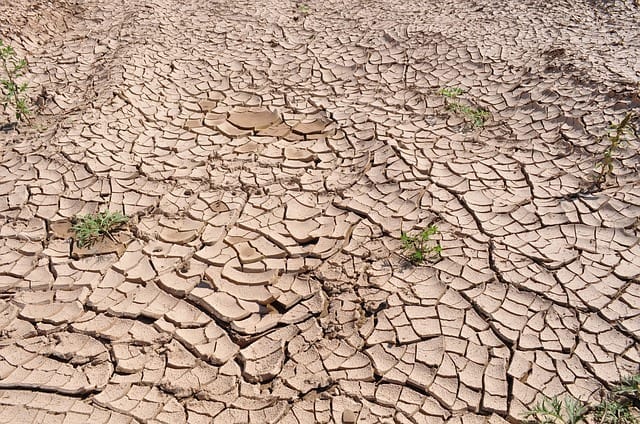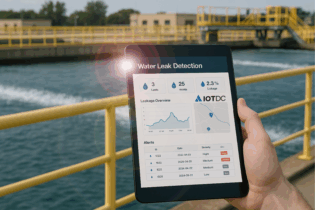
The Umfolozi River has run dry
Last week saw a slight increase of 0.8% in dam levels across the country from 54.2% last week to 55% this week. This time last year, the national storage was at 55.4%.
“This is a clear sign that the recent rains did not make that much of an impact on our dams and the Department of Water and Sanitation would like to caution that the drought is still upon us,” the department said in a statement. “It is important that water users adhere to water restrictions imposed by their respective municipalities and continue using water sparingly, thus saving this precious water resource.”
The latest provincial dam levels recorded are as follows:
- Eastern Cape – 57.7%
- Western Cape – 37.9%
- KwaZulu-Natal – 47%
- Free State – 56.7%
- Gauteng – 86.6%
- Limpopo – 63.7%
- Mpumalanga – 65.9%
- North West – 73.2%
- Northern Cape – 93.7%
The Vaal Dam’s water levels went up over the last two weeks from 63,2% to 63,4% last week. The department says this is a good sign considering that late last year levels were just above 26% at the Vaal.
Earlier this week the department released water from the Sterkfontein Dam, a reserve for the Vaal River System.
The Western Cape System has six dams serving the City of Cape Town. In mid-January its capacity was at 40% but dipped to 38,5% last week. This system was at 47,1% last year.
The Algoa System with five dams serving Nelson Mandela Bay was 54,8% last week but increased to 57,2% this week. This system was recorded at 92,1% last year during the same period.
The Amatole System with six dams serving Buffalo City was 72,7% in mid-January but dropped slightly to 72,4% last week. The reservoir was measured at 93,1% last year.
The Umgeni System, with five dams serving eThekwini and Msunduzi, remained at 48,7% for the last two weeks. This system was at 58,3% during the same period last year.
The Bloemfontein System with four dams serving Mangaung also remained at 37,9% for the last two weeks. It was recorded at its lowest during the same period last year at 29,3%.
The Polokwane System measured at 48,7% for the last two weeks. The system was at 58,3% last year same period.
Above average rainfall to come
Seasonal forecasters predict that above average rainfall can be expected until the end of March 2017. “Most parts of the country will have above-average rainfall for the remainder of summer”, the South African Weather Service said last week.
Rain returned to parts of the country the last week following dry and hot conditions. However, even with more rainfall, it could be
three years before South Africa recovers from the effects of the current drought.
The department is encouraging municipalities to take action against residents who are exceeding the stipulated water restrictions in cities across the country, and said it will be constantly monitoring the situation.









